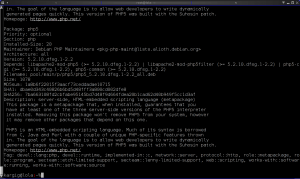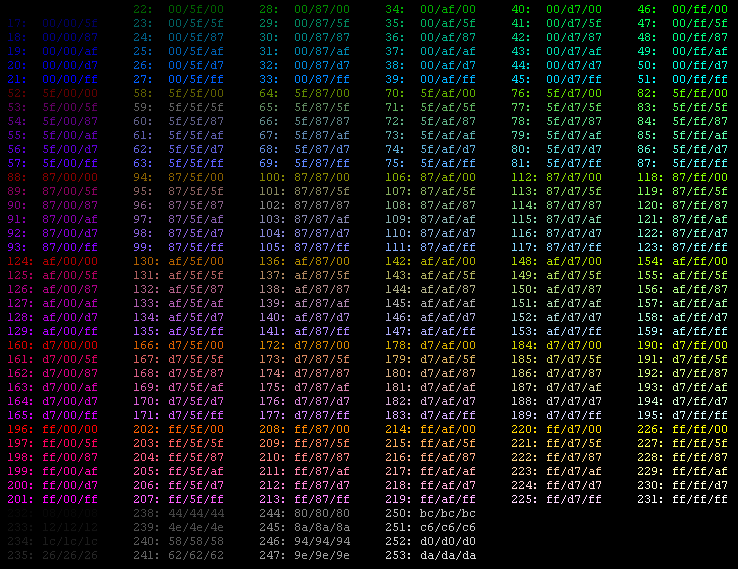

(There might be some warnings for symbols not defined) xkb file can be created with this command:

xkb file and a symbol file in a symbols subdirectory. Single-user configuration §įor a personal configuration it's enough to create a.
#Urxvt letterspace plus#
The advantage of this method is that input of characters usually unreachable on a normal keyboard is as easy as pressing the combination of the shift plus another key to output an uppercase letter. XKB provides for the possibility to add a level 5 switch key which, used in combination with the shift key, would switch to a level 6 layout.įor an in-depth explanation see this page. The combination of the level-3 modifier and the shift key would switch to a fourth layout: level 4. There are more levels available one can configure a certain key, let's say the right alt key (or AltGr), as a switch to a third level. For example the symbol a is the output of the key marked as "A" at level 1 the symbol A belongs to the level 2 layout, which is normally reached using the shift key. XKB provides the concept of multi-layout or shift levels. The X Window System receives keyboard events using the XKB extension, which makes it possible to read the output of various kinds of keyboards, provided that there's a configuration file available. Setting -xim should also allow programs not using ibus to still use the xim input method and be backward compatible. Ibus-daemon - xim - verbose - daemonize - replace You may have issues using the compose key in all programs.

Getting compose working in all programs §
#Urxvt letterspace install#
It might be necessary to install a xim bridge as well, such as uim-xim. In GNOME, XCompose was overridden and replaced with a hardcoded list, but it is possible to restore XCompose by setting GTK_IM_MODULE=xim in your environment. XCompose file and is an extremely complete one. XCompose allows customizing the digraph sequences using a. So, for example, to input »+« you could type CAPSLOCK > + CAPSLOCK < <. In GNOME 2 and MATE this can be setup under Preferences → Keyboard → Layouts → Options → Position of Compose Key. The default of AltGr + Shift can be remapped to something easier such as Capslock. Xorg includes digraph support using a Compose key. General information about entering unicode under various operating systems and environments can be found on the Wikipedia unicode input page.
#Urxvt letterspace how to#
Hence it is good to know how to enter these symbols into editors, the Raku shell and the command line, especially if the symbols aren't available as actual characters on a keyboard. Many operators are defined with unicode symbols (in particular the set/bag operators) as well as some quoting constructs. Raku allows the use of unicode characters as variable names.


 0 kommentar(er)
0 kommentar(er)
